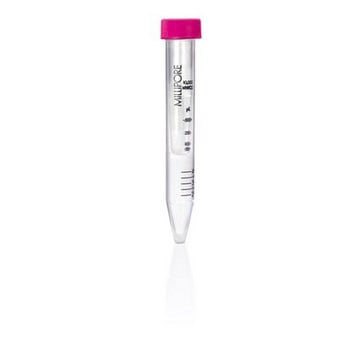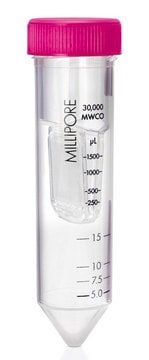ABS1671
Anti-Calreticulin Antibody, arginylated (Nt-Glu18)
from rabbit, purified by affinity chromatography
Synonyme(s) :
Calreticulin, Nt-Glu18 arginylated, Calregulin, Nt-Glu18 arginylated, CRP55, Nt-Glu18 arginylated, CRT, Nt-Glu18 arginylated, Endoplasmic reticulum resident protein 60, Nt-Glu18 arginylated, ERp60, Nt-Glu18 arginylated, grp60, Nt-Glu18 arginylated, HACBP
About This Item
Produits recommandés
Source biologique
rabbit
Niveau de qualité
Forme d'anticorps
affinity isolated antibody
Type de produit anticorps
primary antibodies
Clone
polyclonal
Produit purifié par
affinity chromatography
Espèces réactives
human
Technique(s)
ELISA: suitable
immunocytochemistry: suitable
western blot: suitable
Numéro d'accès NCBI
Numéro d'accès UniProt
Conditions d'expédition
ambient
Modification post-traductionnelle de la cible
unmodified
Informations sur le gène
human ... CALR(811)
Description générale
Spécificité
Immunogène
Application
Western Blotting Analysis: 0.2 µg/mL from a representative lot detected Calreticulin Nt-Glu18 arginylation induction in (18-hr 3 µM MG132 and 200 nM thapsigargin) treated HeLa cells (Courtesy of Yong Tae Kwon, Ph.D. , Seoul National University, Korea).
ELISA Analysis: A representative lot detected the immunogen peptide, but not the control peptide without arginylation at the N-terminal Glu18 (Cha-Molstad, H., et al. (2015). Nat. Cell Biol. 17(7):917-929).
Western Blotting Analysis: A representative lot detected Calreticulin Nt-Glu18 arginylation induction upon arginine-tRNA-protein transferase 1 (ATE1) 1A7A isoform overexpression or transfection of various dsDNAs, including poly(dA:dT), in HeLa cells. Combined proteasome inhibition and ER stress induction by an 18-hr 10 µM MG132 and 100 nM thapsigargin treatment synergized the two drugs′ efficacy toward cellular Calreticulin Nt-Glu18 arginylation induction (Cha-Molstad, H., et al. (2015). Nat. Cell Biol. 17(7):917-929).
Signaling
Qualité
Western Blotting Analysis: 1 µg/mL of this antibody detected Calreticulin Nt-Glu18 arginylation induction in 7.5 µg of lysate from (17-hr 3 µM MG132 and 200 nM thapsigargin) treated HEK293 cells.
Description de la cible
Forme physique
Stockage et stabilité
Autres remarques
Clause de non-responsabilité
Vous ne trouvez pas le bon produit ?
Essayez notre Outil de sélection de produits.
En option
Code de la classe de stockage
12 - Non Combustible Liquids
Classe de danger pour l'eau (WGK)
WGK 2
Point d'éclair (°F)
Not applicable
Point d'éclair (°C)
Not applicable
Certificats d'analyse (COA)
Recherchez un Certificats d'analyse (COA) en saisissant le numéro de lot du produit. Les numéros de lot figurent sur l'étiquette du produit après les mots "Lot" ou "Batch".
Déjà en possession de ce produit ?
Retrouvez la documentation relative aux produits que vous avez récemment achetés dans la Bibliothèque de documents.
Notre équipe de scientifiques dispose d'une expérience dans tous les secteurs de la recherche, notamment en sciences de la vie, science des matériaux, synthèse chimique, chromatographie, analyse et dans de nombreux autres domaines..
Contacter notre Service technique






